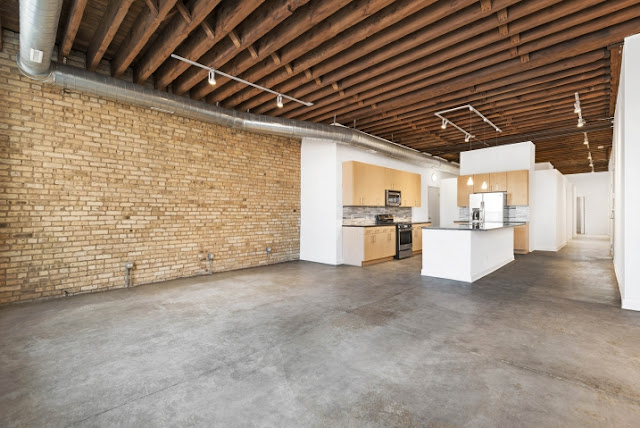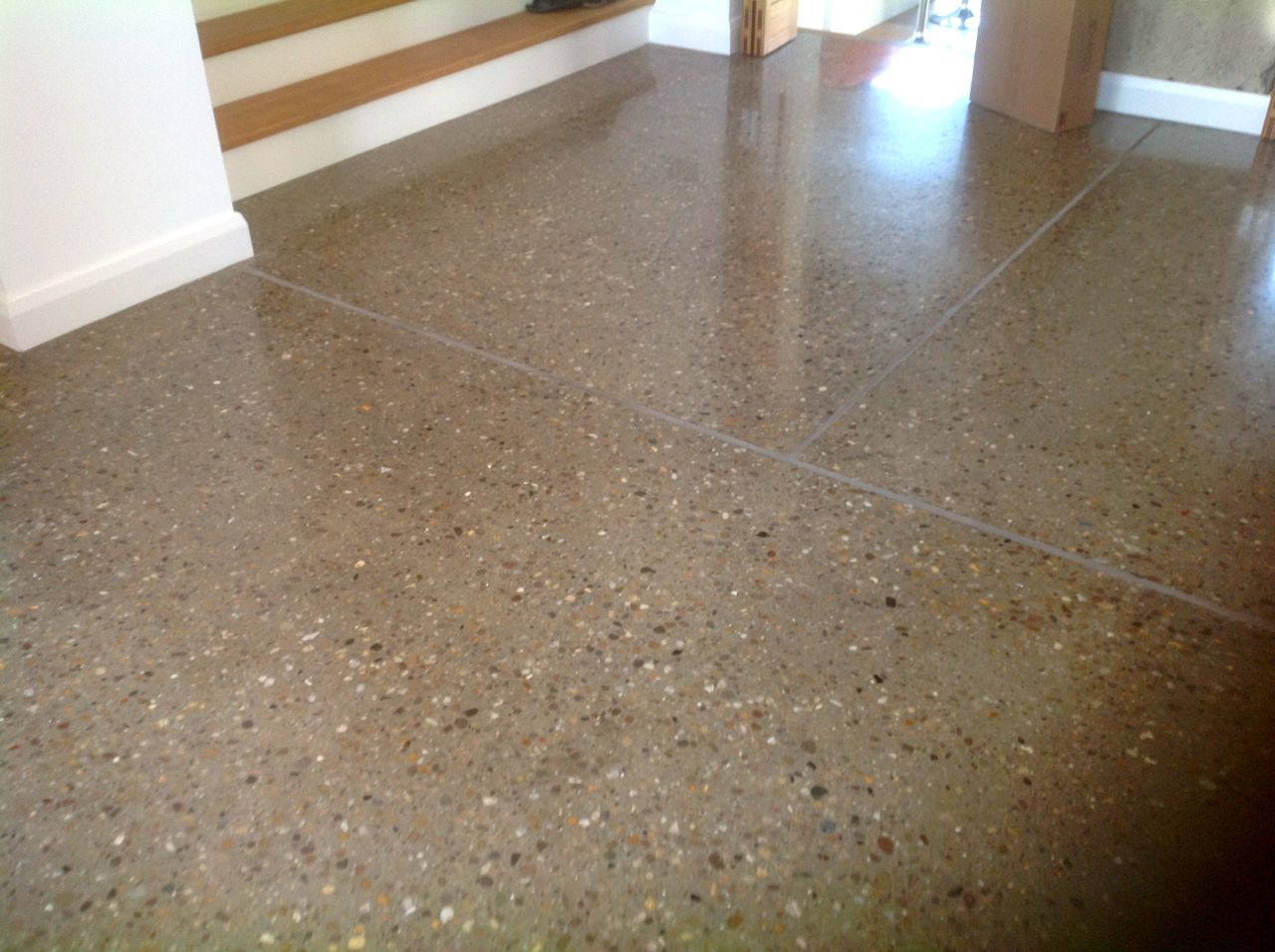Concrete floors have become a popular choice for modern homes, offering a sleek and industrial aesthetic. One of the main advantages is their durability. Concrete is incredibly strong and can withstand heavy foot traffic, making it suitable for high-traffic areas like kitchens and living rooms. This longevity means that concrete floors require minimal maintenance and can last for decades. Their robust nature ensures that they remain a reliable and long-lasting flooring option for homeowners seeking durability.
In addition to their durability, concrete floors are highly customizable. They can be stained, polished, or stamped to achieve various looks, from a glossy, polished finish to a rustic, textured appearance. The versatility of concrete allows homeowners to create unique designs that match their style and decor. This customization extends to color choices, patterns, and even embedded materials like glass or stones. The ability to personalize concrete floors makes them a versatile option for those looking to add a distinctive touch to their home.
However, concrete floors have their drawbacks. One of the primary concerns is their hardness, which can be uncomfortable for prolonged standing or walking. This hardness also means that items dropped on the floor are more likely to break. To mitigate this, consider using area rugs or mats in high-traffic zones to add cushioning. Another potential downside is that concrete can be cold, especially in cooler climates. Installing radiant heating can help keep the floors warm and comfortable, addressing this issue effectively.
Concrete floors are also prone to cracking over time. While small cracks can add character, larger cracks may require repair. Proper installation and regular sealing can help minimize the risk of cracks. Additionally, concrete floors can be slippery when wet, posing a safety hazard. Using slip-resistant sealers or adding texture to the surface can improve traction and reduce the risk of accidents. These measures ensure that your concrete floors remain safe and visually appealing.
Lastly, the installation cost of concrete floors can be higher compared to other flooring options. While the long-term benefits often justify the initial investment, it’s essential to consider your budget. Despite the higher upfront cost, the low maintenance requirements and longevity of concrete floors can result in cost savings over time. Evaluating both the initial and long-term costs helps you make an informed decision. By weighing the pros and cons, you can determine if concrete floors are the right choice for your home.
Making polished concrete floor in a house – Lady’s Houses
Polished Concrete – 360 Solutions Premier Concrete Surfaces
MODE CONCRETE: Raw Concrete Floors Naturally Look Clean and Contemporary – A Simple, Inexpensive
Pin on Spaces
Not too shiny Polished concrete flooring, Polished concrete, Concrete floors
Best Concrete Floor Ideas – Smooth Flooring Interior Designs
East Coast Styler : New Construction Home addition update Foundation floor
Concrete flooring for Commercial Buildings, Precast Concrete UK
Pros and Cons of Under Floor Heating – NH Electrical
Residential Precast Concrete Photos
Related Posts:












